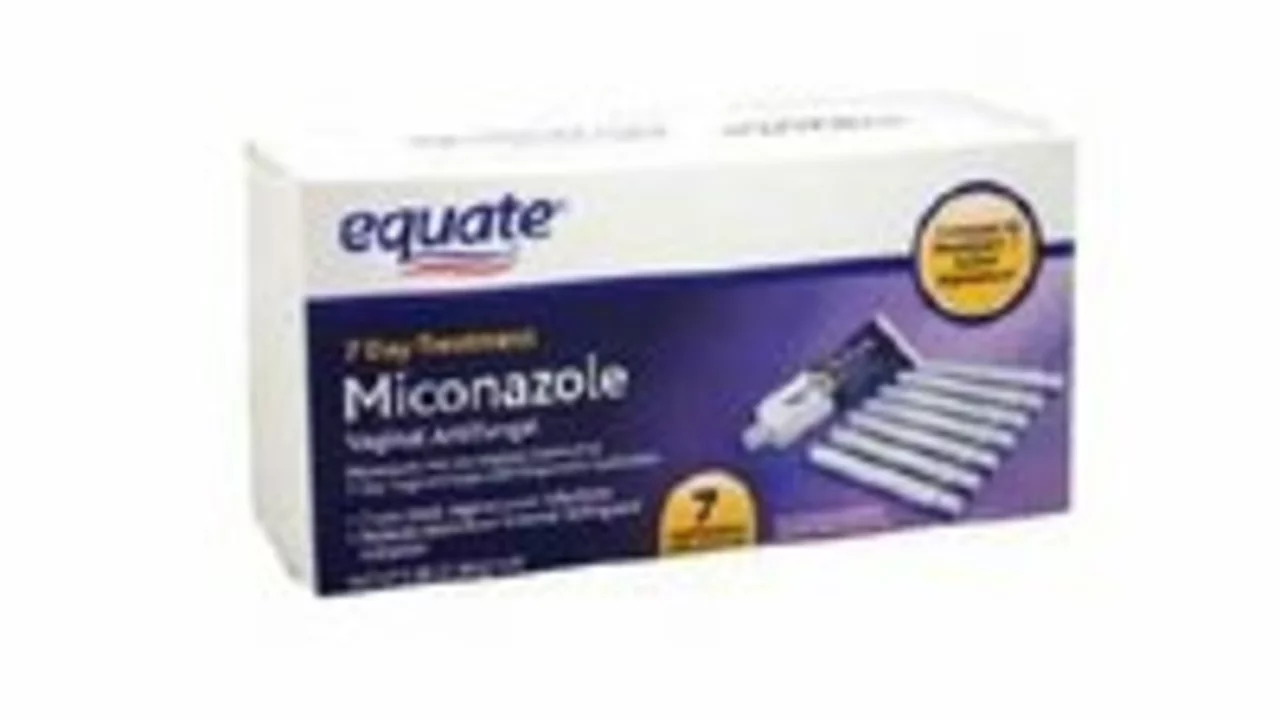Butenafine - Uses, How to Use, Side Effects
Butenafine is a topical antifungal used to treat skin infections like athlete's foot, jock itch, and ringworm. It kills fungus by blocking an enzyme fungi need to make their cell walls. That weakens and stops the fungus so your skin can heal. People choose butenafine because it often works after a short course and usually causes fewer problems than oral antifungal pills.
How to apply butenafine? Clean and dry the area first. Apply a thin layer to the affected skin and a small margin of healthy skin once daily unless your product label says otherwise. Rub it in gently and wash your hands after applying. For athlete's foot between toes, dry the space well before use. Use it exactly for the number of days recommended - stopping early may let the fungus return.
Typical treatment length depends on the infection. Many cases clear in one to two weeks, but some require longer treatment - for example, body ringworm might need up to four weeks. If you still see redness, itching, or flaking after the recommended time, check with your pharmacist or doctor before continuing.
Side effects are usually mild. You might get local irritation, burning, redness, or itching where you apply the cream. These reactions often go away after a few days. If you develop severe irritation, a spreading rash, blisters, or signs of an allergic reaction such as swelling or difficulty breathing, stop the medicine and seek medical help right away.
Can you use butenafine with other medicines? Because it is applied to the skin, interactions are uncommon. Avoid using other topical products at the same spot unless your doctor tells you to. If you use strong steroid creams or other antifungals, tell your provider so they can advise the right approach.
A few practical tips to speed recovery: keep the area clean and dry, change socks daily, avoid tight clothing over the infected area, and don't share towels or shoes. For foot infections, use breathable shoes and consider an antifungal spray for footwear. If symptoms come back after treatment, it may be a sign of incomplete treatment or a different diagnosis.
Not everyone should use butenafine without advice. If you are pregnant, breastfeeding, or have a weakened immune system, talk to a healthcare provider first. Also, some skin conditions look like fungal infections but need different care - a quick check by a clinician can save time and prevent wrong treatment.
If you're unsure whether butenafine is right for you, ask a pharmacist. They can confirm the likely diagnosis, suggest treatment length, and point out simple measures to prevent recurrence. Quick, correct use of butenafine plus good skin hygiene usually clears common fungal infections without the need for stronger drugs.
Store butenafine cream at room temperature away from heat and out of reach of children. Many brands sell it over the counter in some countries, while others require a prescription. Check the product label for active ingredient and expiration date before use and storage.
How Does Butenafine Compare to Other Topical Antifungal Treatments?
In my latest exploration of topical antifungal treatments, I've found that Butenafine stands out among its peers. Compared to other treatments, Butenafine is renowned for its effective and quick action against a wide range of fungal infections. It's especially potent against athlete's foot and jock itch. While it does have side effects like itching or burning, they're generally less severe than other treatments. So, if you're looking for a powerful antifungal, Butenafine might just be your best bet.
More
